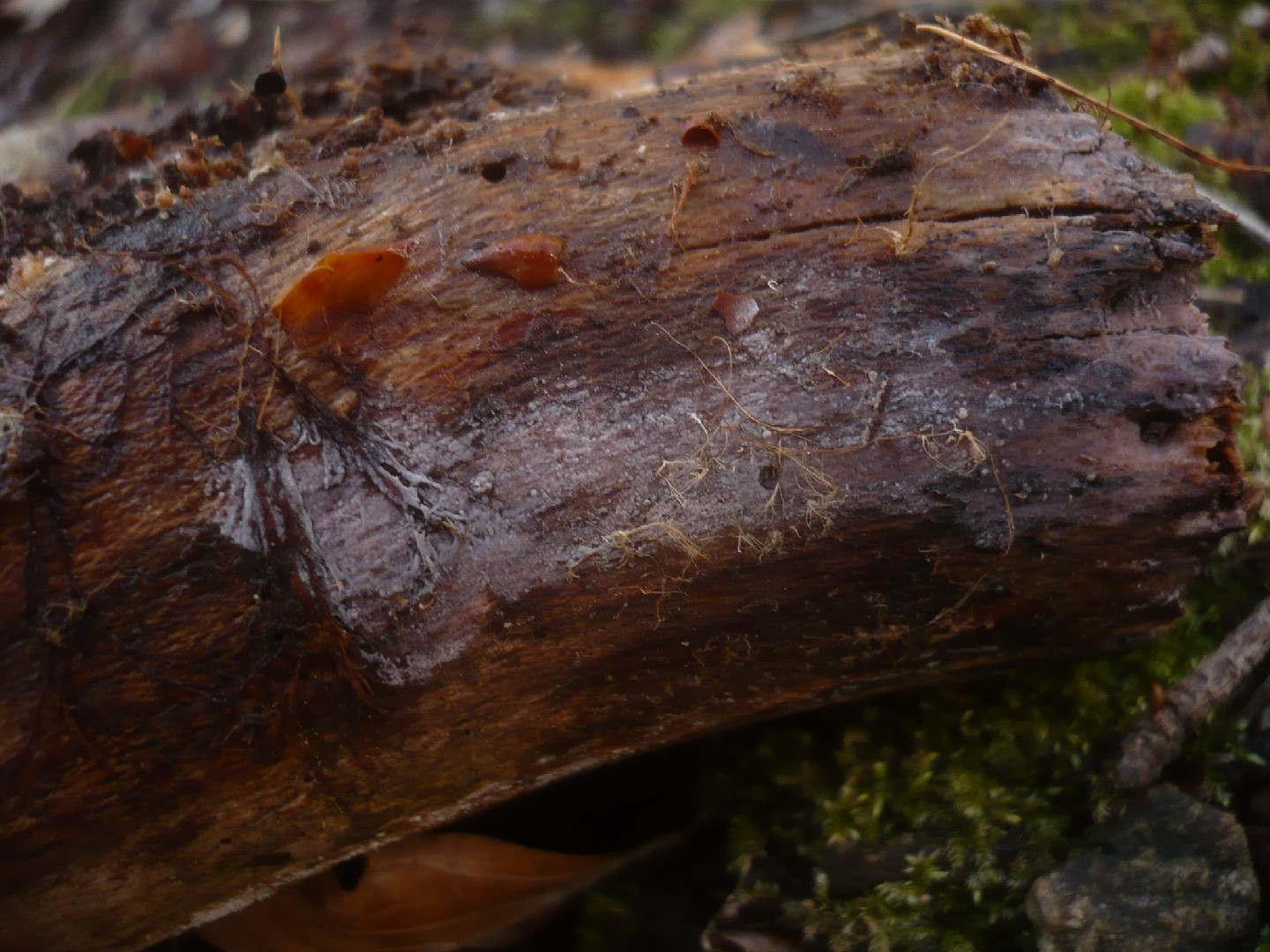Tulasnella
Scientific name: Tulasnella
Tulasnella
Scientific name: Tulasnella
 Photo By Gerhard Koller (Gerhard) , used under CC-BY-SA-3.0 /Cropped and compressed from original
Photo By Gerhard Koller (Gerhard) , used under CC-BY-SA-3.0 /Cropped and compressed from original Description
Tulasnella is a fascinating group of fungi known for their often inconspicuous, crust-like fruiting bodies. When visible, these basidiocarps are typically smooth, waxy to subgelatinous, and frequently display lilaceous to violet-grey hues. They are commonly found on the underside of fallen branches and logs. Tulasnella plays a crucial role in the decomposition process and nutrient cycling within forest ecosystems.
Species of Tulasnella
Scientific Classification
Phylum
Club fungi Class
Mushroom-forming fungi Order
Cantharellales Family
Tulasnellaceae Genus
Tulasnella